9 of the Greatest Web Design Trends for 2021
- Easy-on-the-eye color schemes
- Designs that bring awareness to social causes
- Interactive scrolling
- The use of emojis
- Creative product shots
- Playful typography
- 3D & VR will create an immersive digital experience
- Personalized websites that reflect the visitor’s style and identity
- Data visualization
- Final thoughts
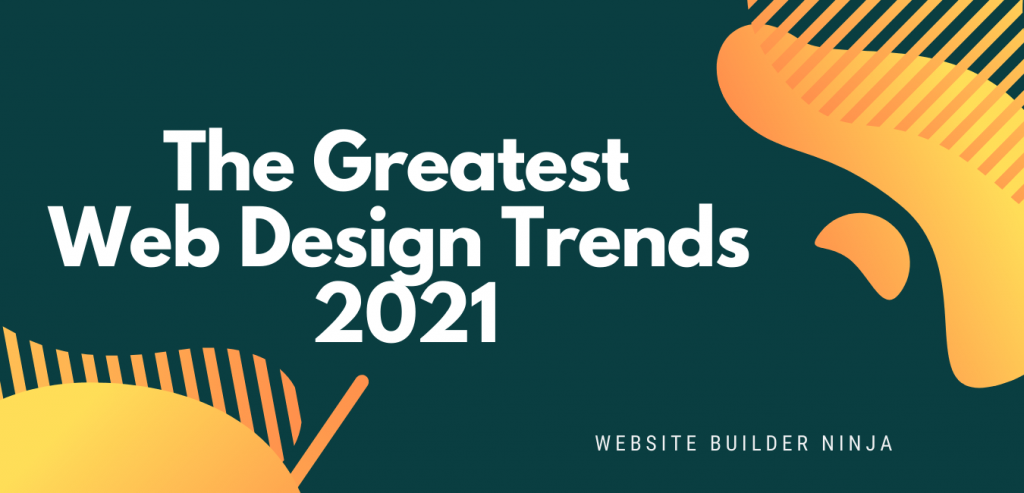
Web design is constantly evolving. The industry is always adapting to new technology, feedback from online visitors, and what’s going on in the world. These three elements shape the web designs that we see on our screens.
Most of the time new trends are future-focused and push the boundaries with designs that have never been seen before. However, this year seems to be a little different. Most of the biggest trends in web design seem to be people-focused. Brands and their designers are attempting to create a stronger bond with their customers through accessibility, acknowledgement of social causes and personalization.
Take a look at what we see as the hottest web design trends of 2021.
Easy-on-the-eye color schemes
Work for most people is increasingly becoming online. The rise of remote working has meant that even during meetings we are now staring at a screen. This increase in screen time has caused eye-strain and migraines for some due to excessive exposure to blue light.
Fear not, however, there is a web design trend here to help. Some designers have begun to remedy this situation with designs that feature more neutral and softer colors than we are used to. The aim is to reduce some of the strain on our eyes with colors. This means that we will be seeing less of the vibrant and stark contrasting colors that have been popular throughout web design in recent years.
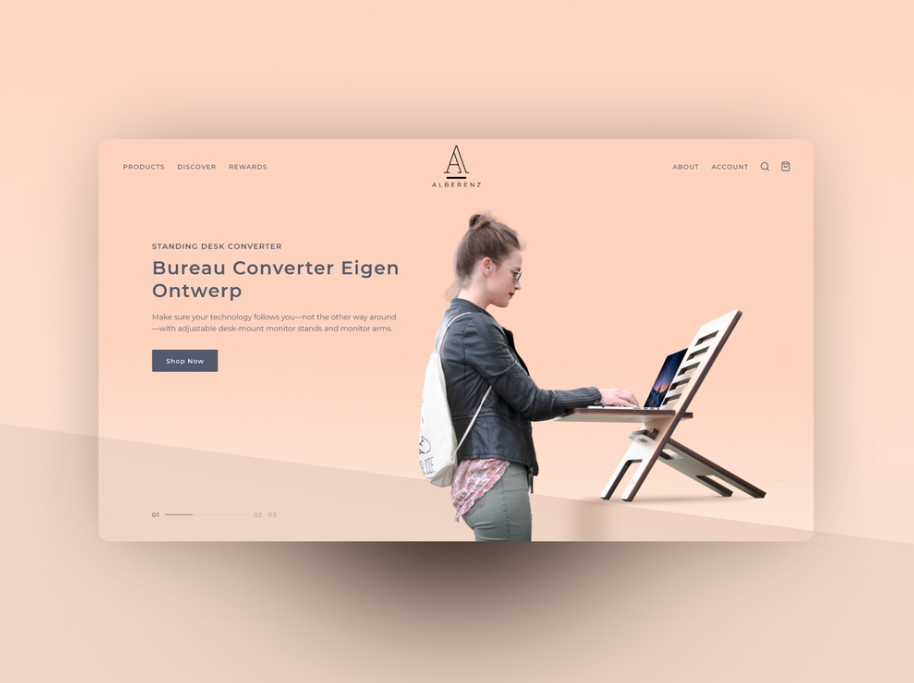
The rise of dark mode is related to this trend. By the end of the first quarter of 2020 Android, iOS, and Windows all released a dark mode update to their operating systems which gave users a taste of dark mode user interfaces. A recent survey found that 82.7% of participants use the dark mode feature on their operating system. A majority of respondents said that it was easier on the eye and looked much better. So, the increase in popularity, the fact it reduces blue light, and that it looks more beautiful than light background designs means that you will be seeing more designs incorporate a darker theme this year.
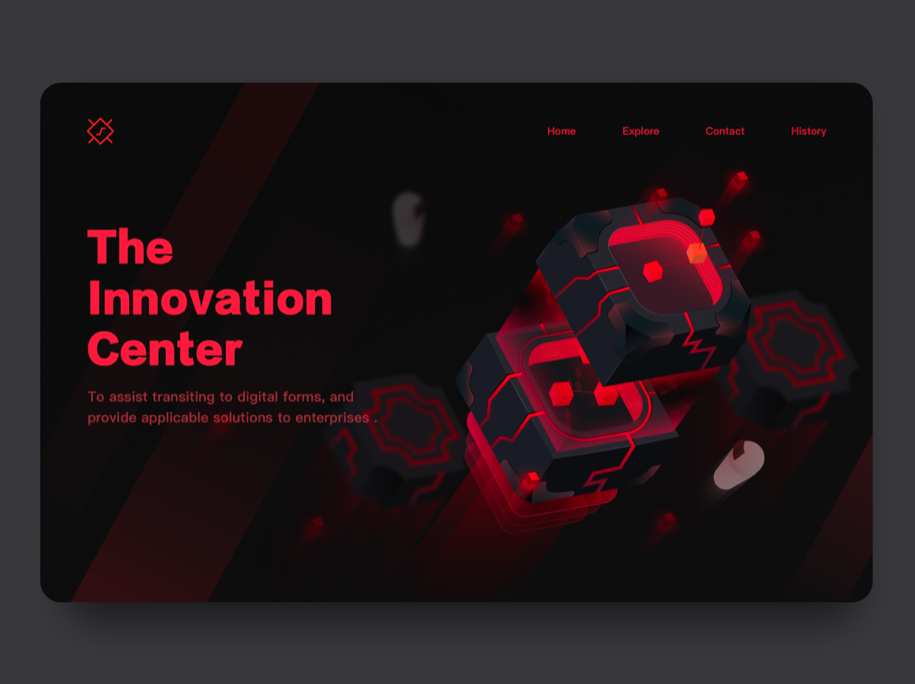
Designs that bring awareness to social causes
The Black Lives Matter movement, Covid-19, global warming, and mental health awareness are important social causes that were communicated en mass to the global population through the internet last year. These events and causes changed how people want to interact with brands. It’s no longer just about what a company sells, but it’s also about what they stand for.
So, you will notice throughout 2021 web designs, brand messaging and imagery that resonates with a cultural movement, social justice or environmental issues. Brands will align themselves with cultural movements and issues that are important to them and their customer base to connect with their audience on a deeper level.
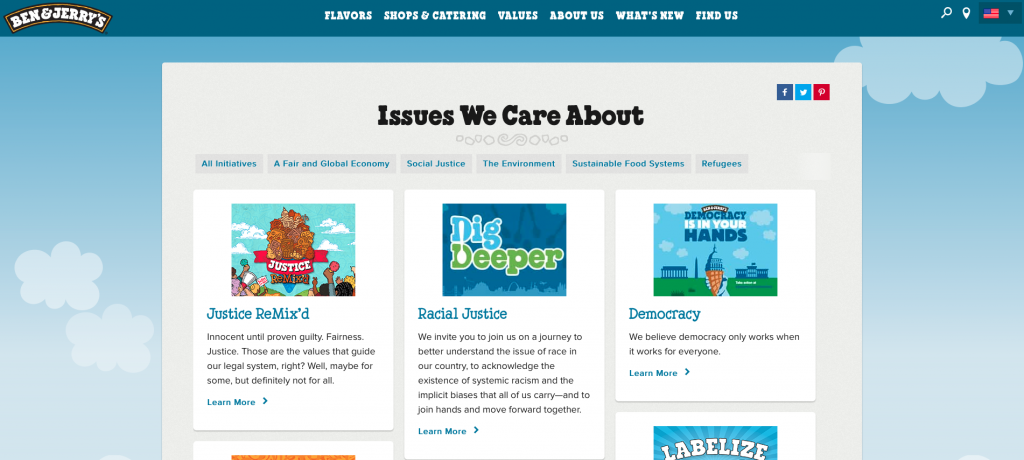
Interactive scrolling
Scrolling has been an overlooked form of engagement in the past. Some designers spotted an opportunity to reward visitors for taking the time to scroll through their web pages with web designs that are responsive to scrolling.
This involves things like color scheme changes, complex transitions, and animations that respond to your movements. Designers will often leverage parallax animations that add depth through the innovative use of foreground and background layering. Check out some examples in the below video:
The idea is that it creates a much more engaging journey across a website and will encourage visitors to stay for longer and engage more with the content.
The use of emojis
We all rely more and more on our keyboards as a form of communication. Whether that’s through email, forums, social media, or messaging applications. However, this digital interaction sometimes needs more than words. This is where emojis come in. They have created a whole new language that latches on to our usual words to help us communicate better online.
They have become so entrenched in our everyday lives that designers and brands are now using them to communicate a message in a playful, engaging, and non-verbal way.
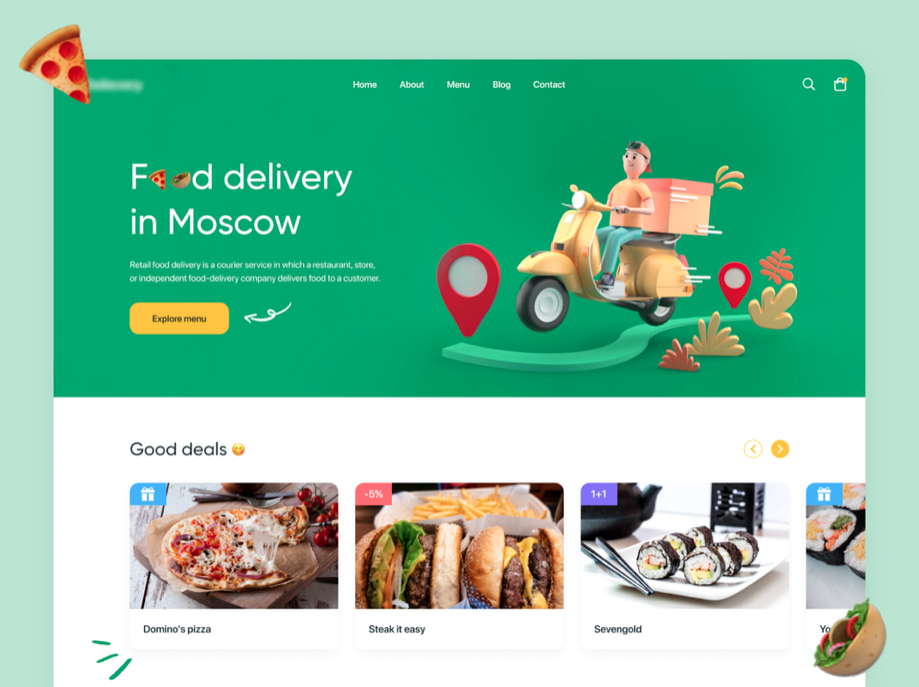
Creative product shots
This trend is driven by ecommerce stores looking to improve their online conversions. A downside to buying online is that you don’t get to see and feel the product like you would do in a brick and mortar store.
So, online businesses will be asking their web designers and photographers to work together to create unique and interesting product shots to bring them to life online. The blend of photography and innovative digital manipulation will create stunning product imagery that could be used as design elements across a website.
It’s a more interesting way to promote products on a website that will drive sales. It will no longer just be the white background, square-edged, individual product shots that we see so often. Instead vibrant, 3D rendered visuals will replace the traditional product shots and blend in with other visual elements across a website.
See the below example of creative product shots and interactive scrolling from Apple in action.
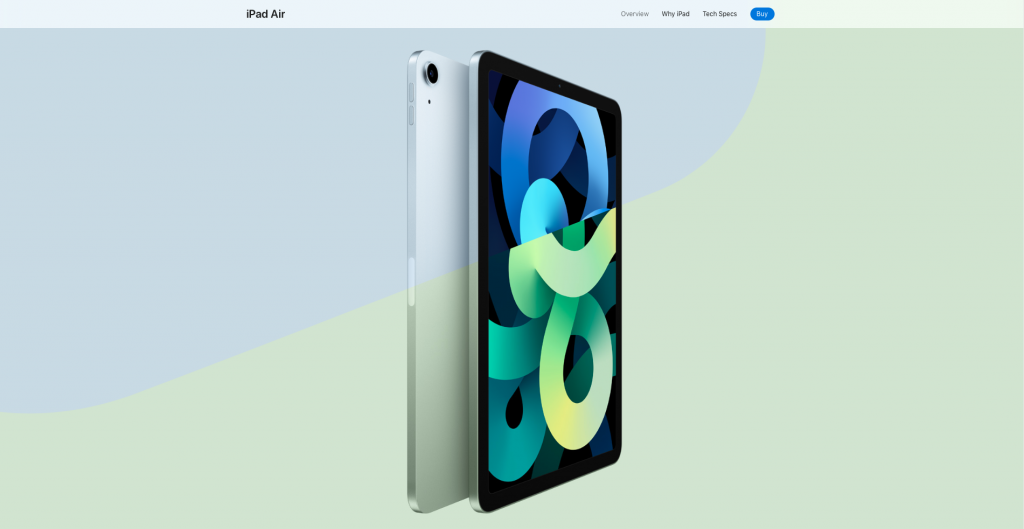
Playful typography
The surge in playful and fun typography reflects the world’s recognition about the importance of mental health and wellbeing. It’s no surprise that after a year as sombre as 2020 that designers are attempting to combat the dip in well-being with more light-hearted, fun, and vibrant typography to promote feelings of optimism and positivity.
So, this year you’ll notice designers using script-based fonts more often to evoke happier emotional responses and whimsical feelings towards their designs.
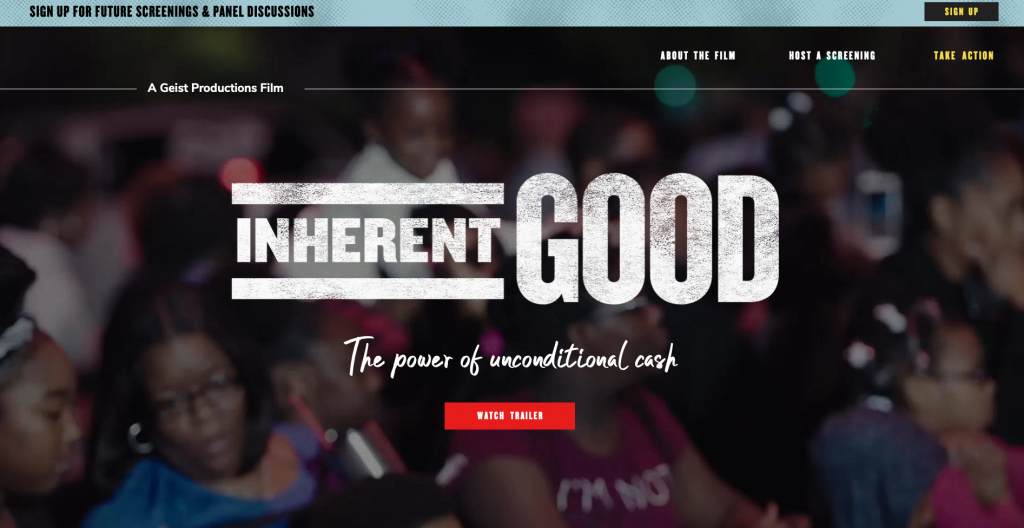
3D & VR will create an immersive digital experience
This trend has been born out of people being forced to spend more time online due to lockdown restrictions and remote working. It’s forced websites to become more than just a website. Sites that are blurring the boundary between the real and digital worlds are getting a great response. This is down to them being much more interesting and giving the visitor an immersive experience that is not only informative but entertaining too.
3D & VR will be used most on websites that are hosting live online digital events. It’s a relatively new phenomenon that will continue throughout 2021 as long as COVID-19 prevents large groups of people from gathering. Lots of online stores will also use 3D rendering and VR to create an immersive shopping experience for their web visitors.
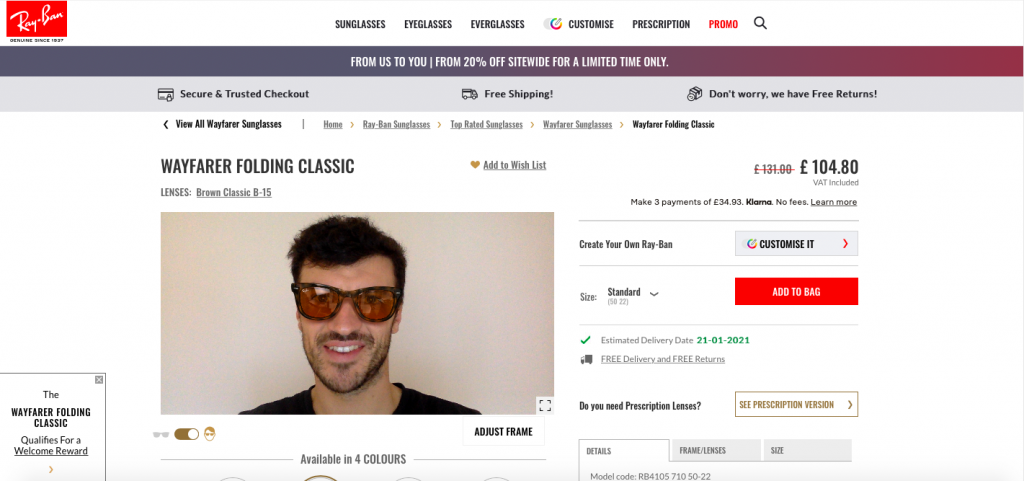
Personalized websites that reflect the visitor’s style and identity
Basic accessibility edits like the ability to increase font size and choose a contrasting colour palette to improve readability is what started this trend. However, it gave web designers an idea to create other modifiable assets that consider the style and habits of the individual user.
This allows businesses and brands to create a stronger bond with their visitors by serving them relevant and engaging content specific to the individual. It will also encourage better engagement levels and conversion rates.
You might see specific designs and products if you’re a first time visitor. However, if you’re returning to the site you might see design aspects and products that relate to what you looked at the last time you were on the site. It could even be as simple as a ‘Welcome back [first name]!’ message for returning customers. Of course, product search engines and the ‘things you might like’ section of websites like Amazon and Netflix have been around for a little while and is something we now expect to see.
You will see more websites adopt this trend throughout 2021 as they compete for attention and attempt to develop a relationship with their visitors.
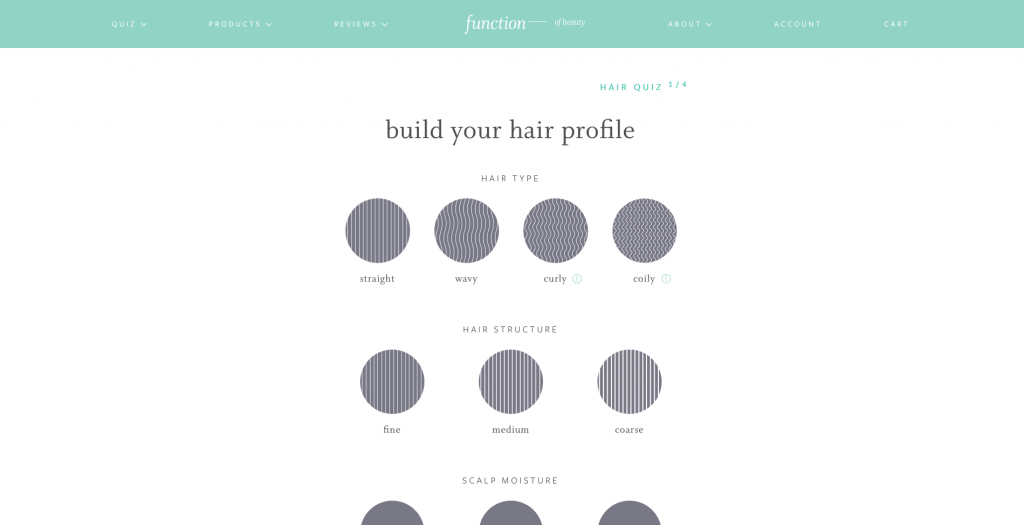
Data visualization
It’s no longer just businesses that are interested in data. People are more aware that their data is being collected and there has been a trend in presenting collected data back to the individual in an entertaining format.
The best example of this that I have come across is Spotify’s ‘Wrapped’. It rounds up your listening data from the past year and shows you what artists, songs, genres, or podcasts you have been listening to the most. It even tells you how many minutes you’ve spent listening to music and other interesting facts from your data.
Data visualization web design rewards the customer with something interesting to engage with in return for harvesting their data. It’s important for brands to tackle this issue as there are growing concerns around data privacy and security. Data visualization adds a little bit of transparency to the act of collecting data and allows the consumer to see what is actually collected and used.
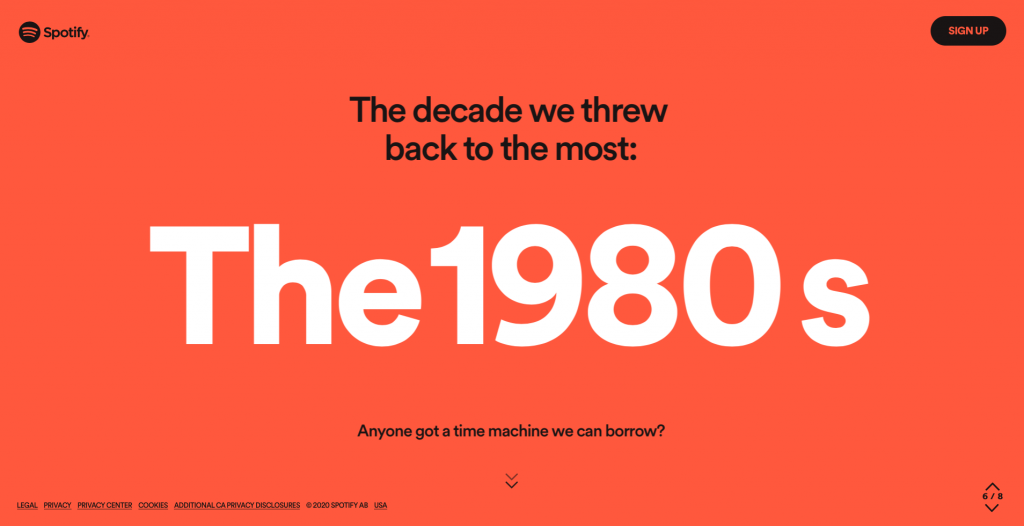
Final thoughts
As you can see the majority of the biggest web design trends in 2021 are all about creating an immersive online experience that blends the real and digital world. While also attempting to use web design to build stronger relationships with online visitors through personalization, aligning with social causes, and designs that improve health and well-being.
Let us know your thoughts in the comments below and which web design trend that you are most excited about.
Written By
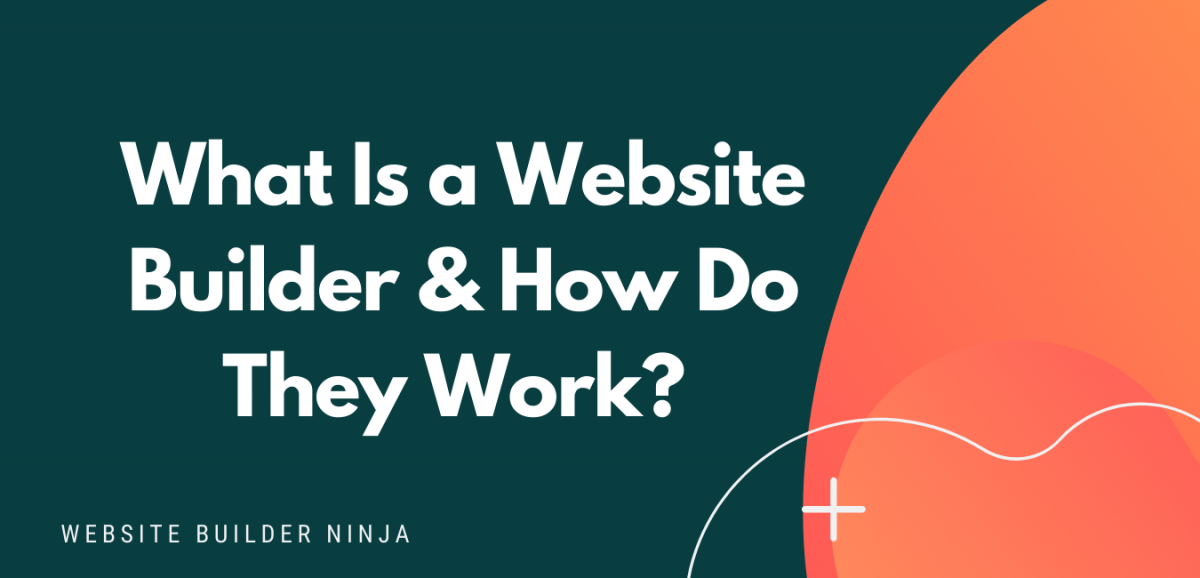
What is a website builder?
The simplest answer to the question of what is a website builder is that it’s a software programme that helps you to build a website without having to manually code anything. But, how do they work?
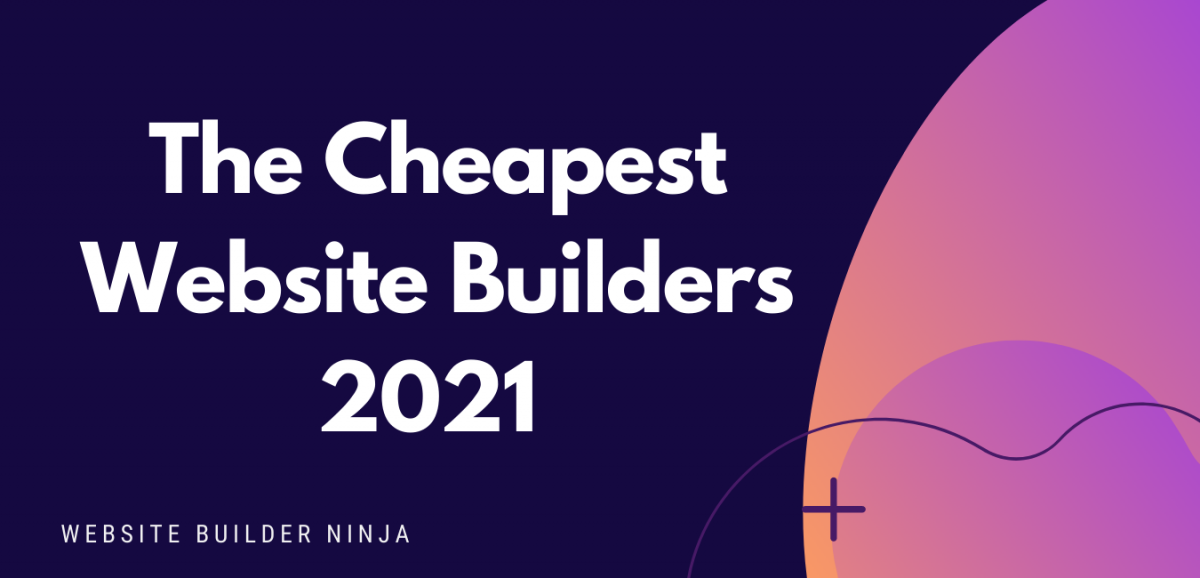
Cheapest Website Builder 2021
Building a website doesn’t have to cost the earth. We’ve pulled together a list of the cheapest website builders and ecommerce platforms to help you find an affordable option for your website. Not only are they the cheapest, but some of them are the best of the best…
